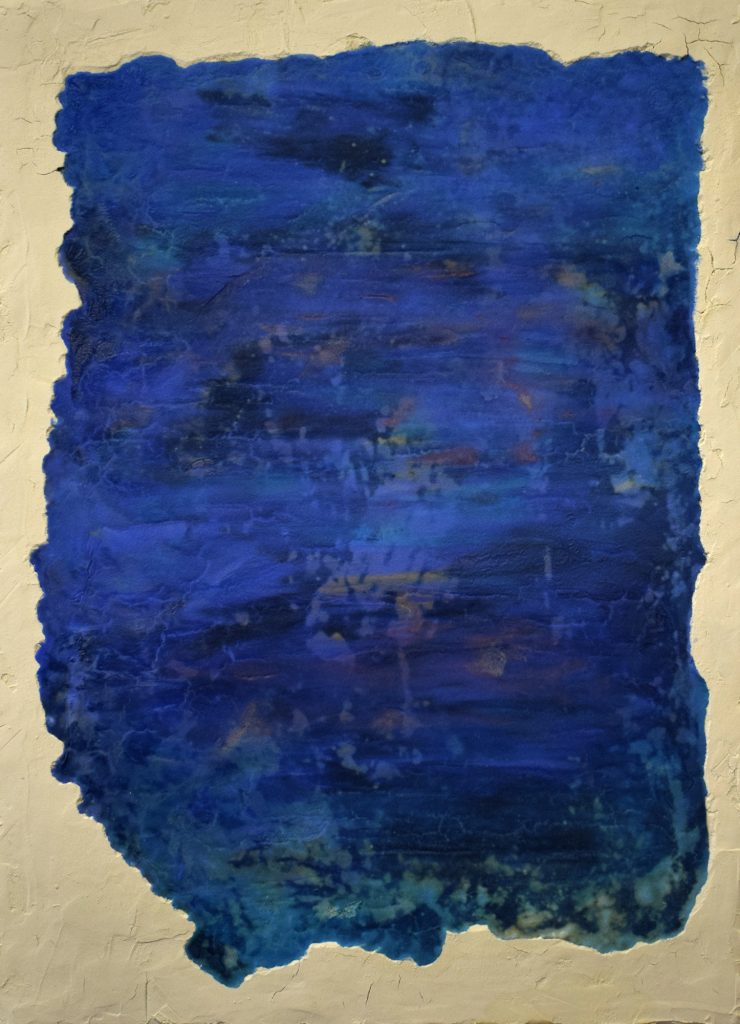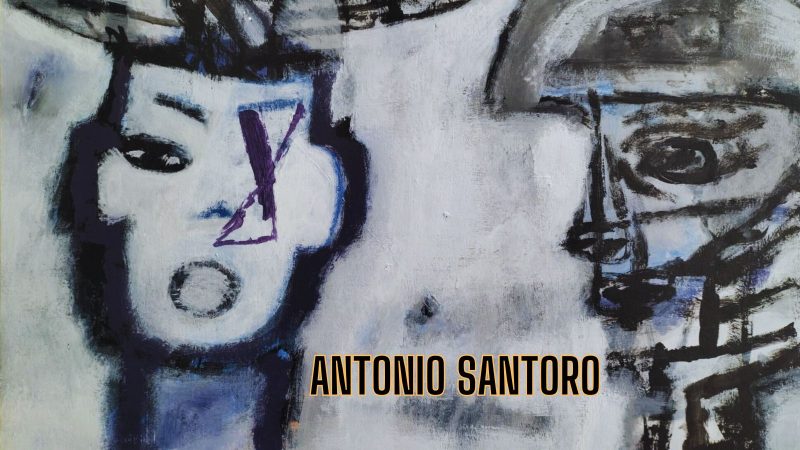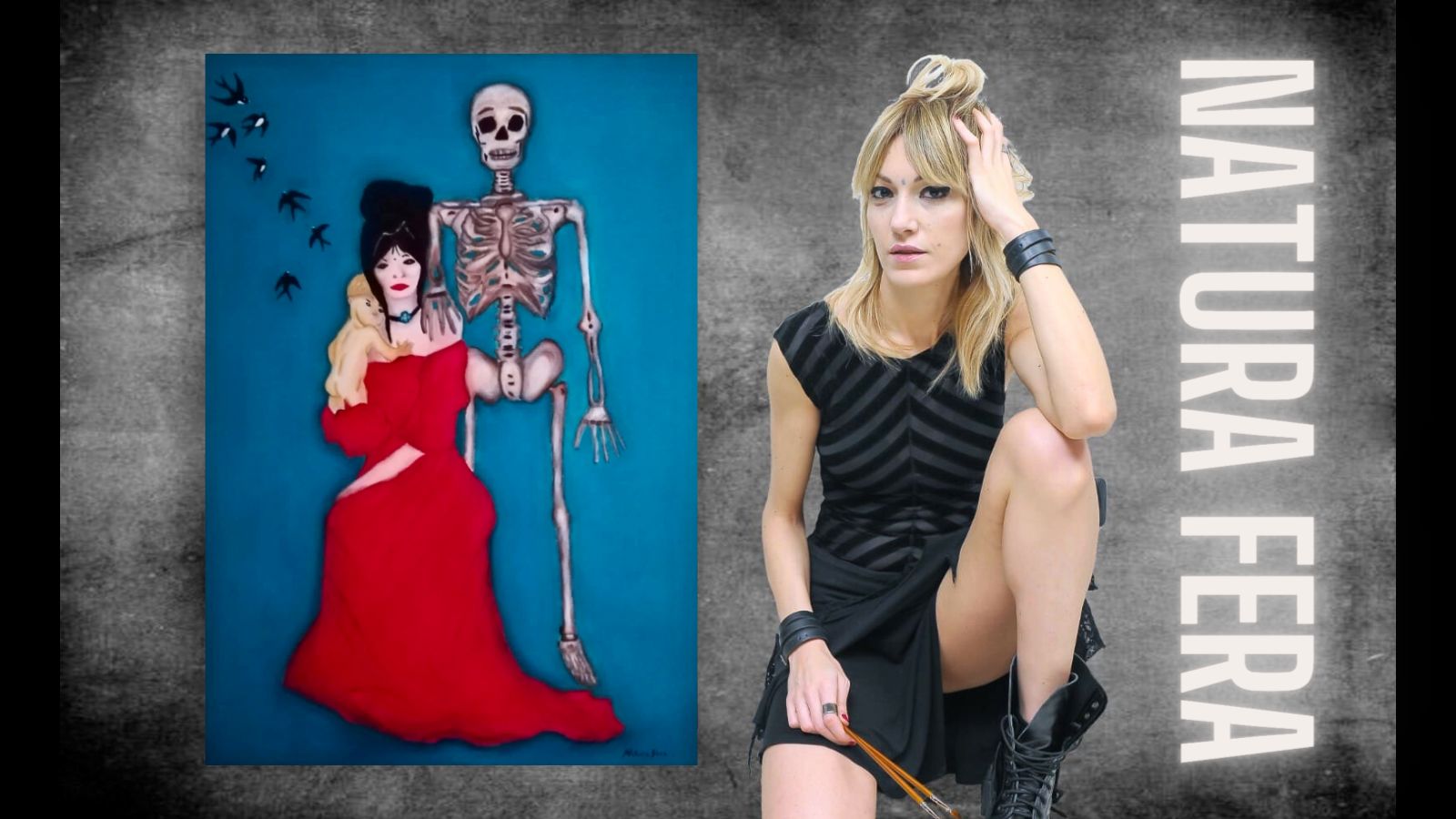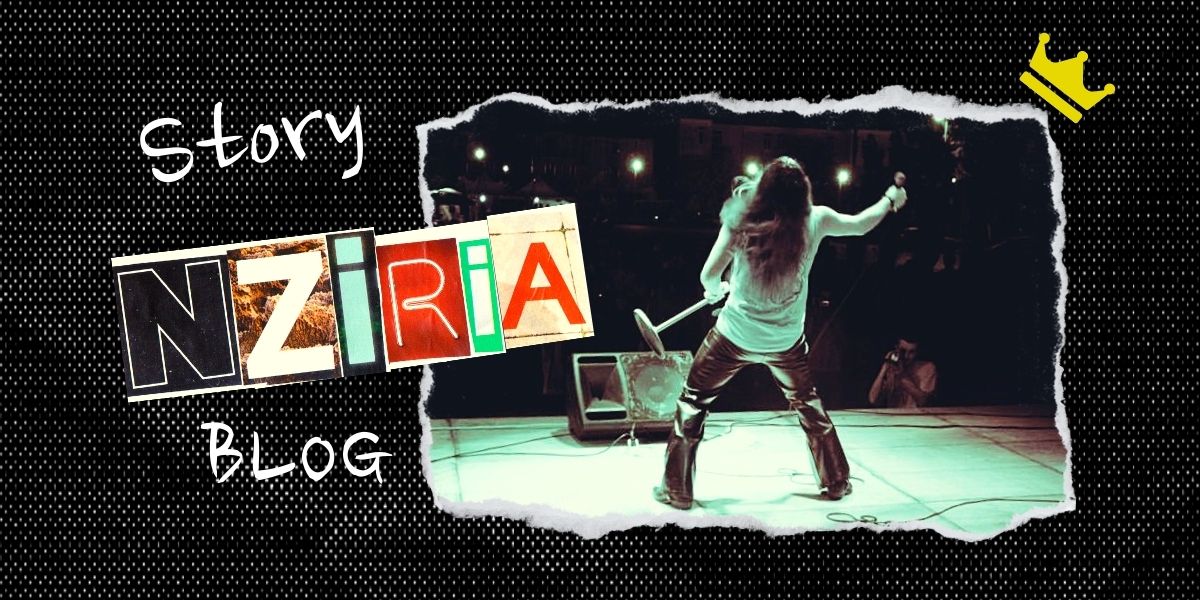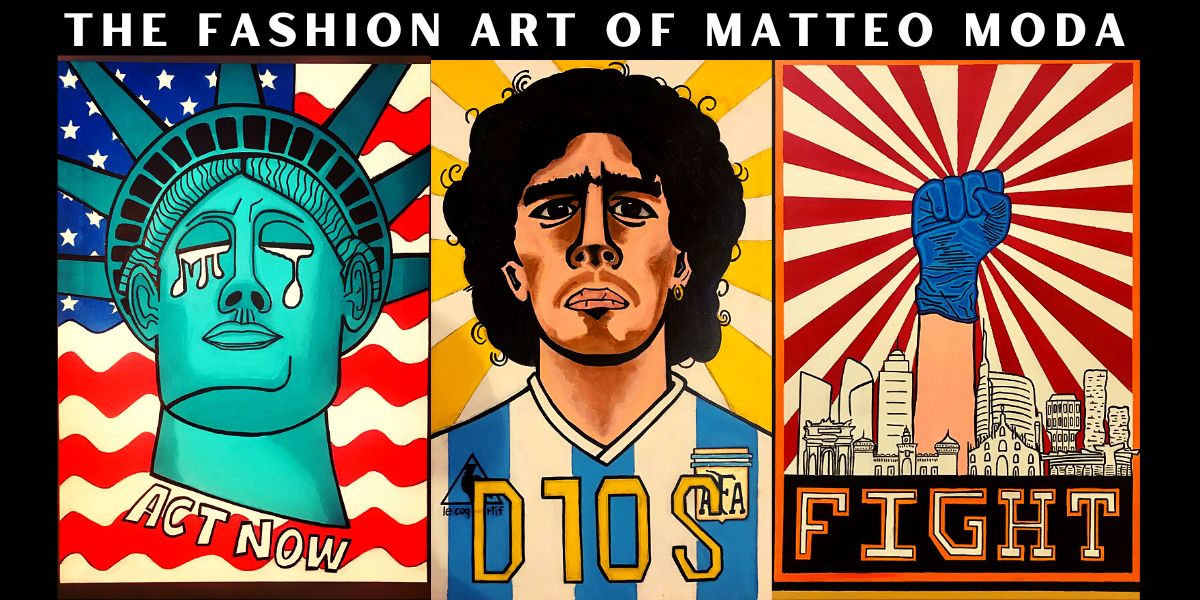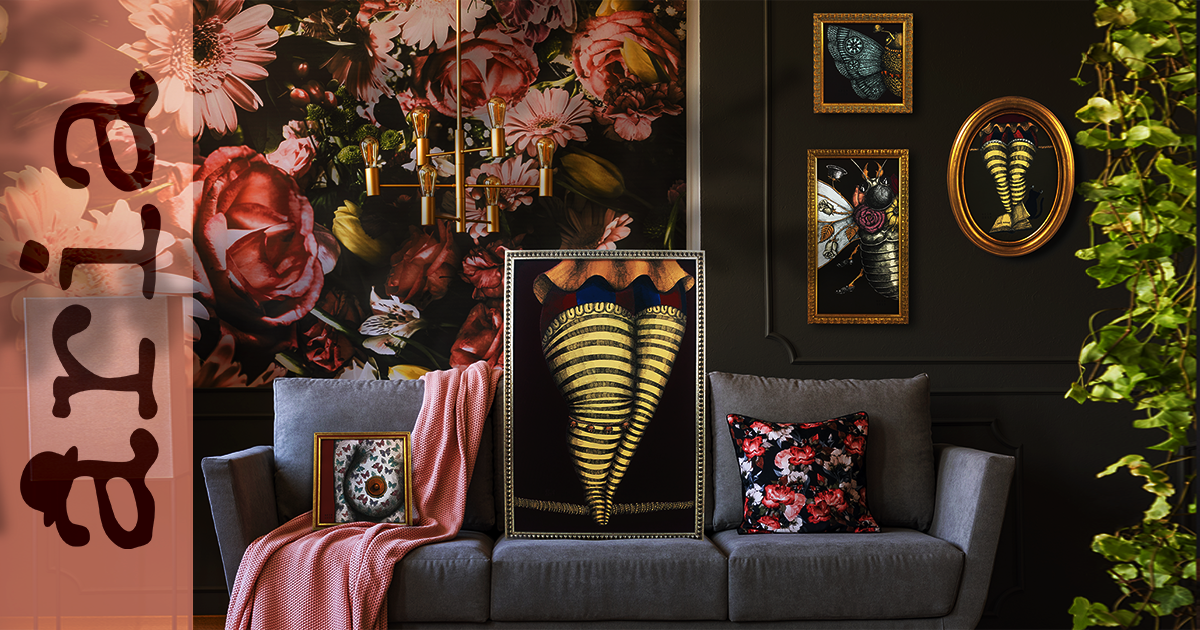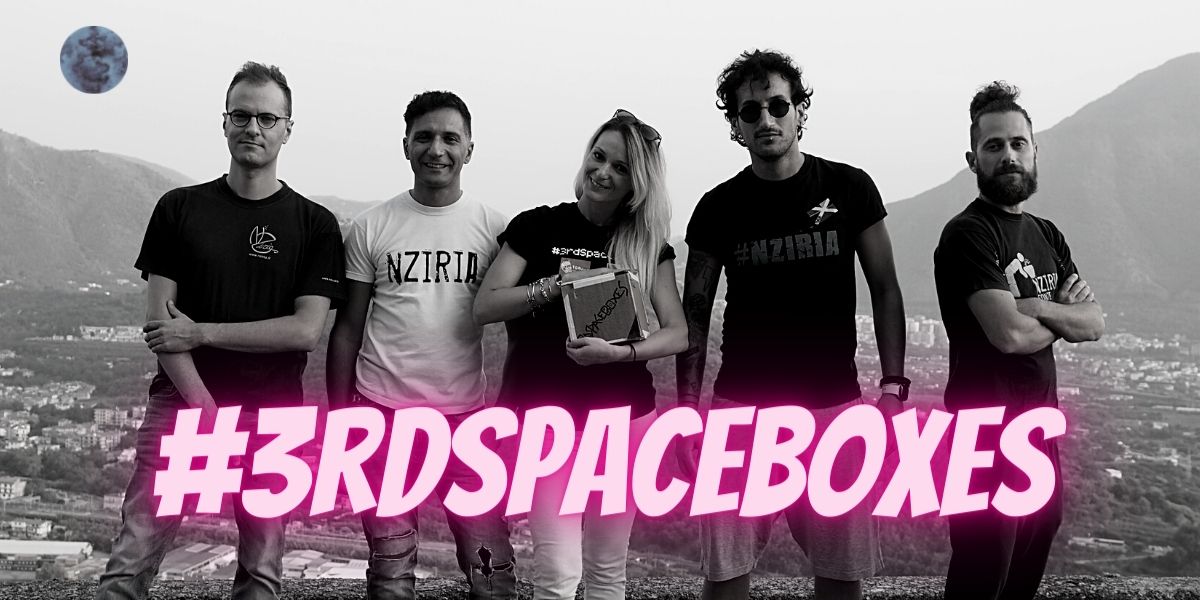Enrico Spadaro, the artist who paints what he sees and what he would like to see
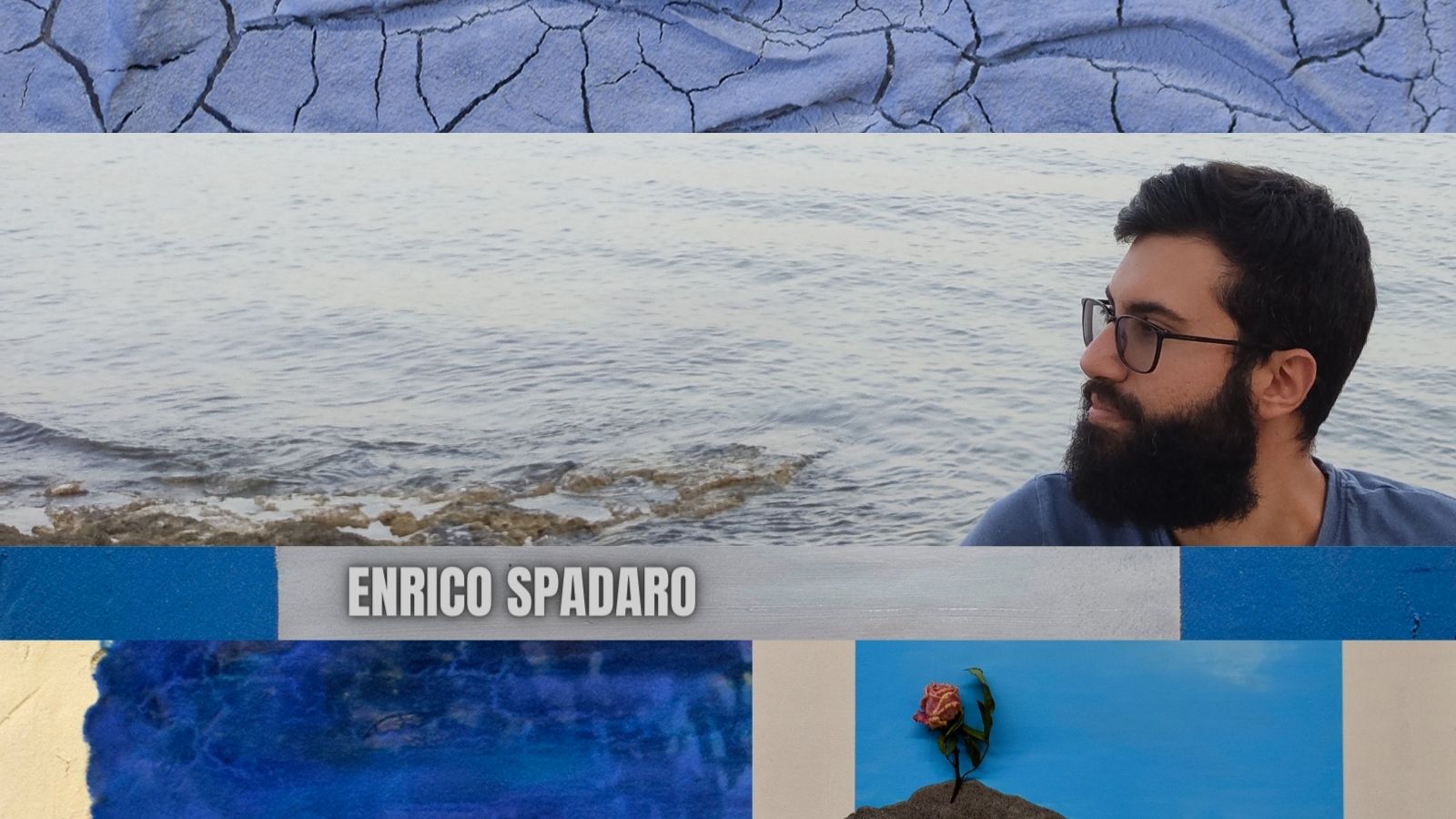
Enrico Spadaro, born in 1992, is a Sicilian artist who creates visionary works; his natural talent is expressed through particular techniques. Nziria met him to better understand the essence of his work.
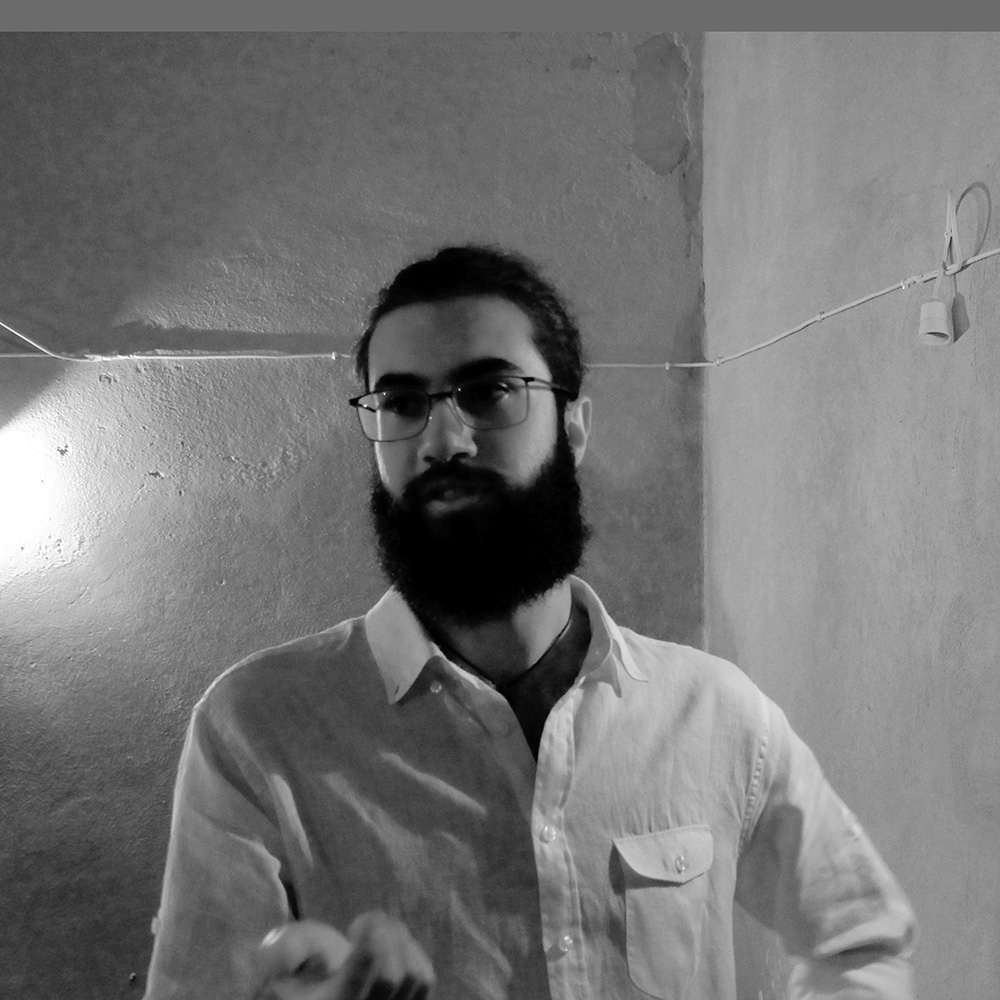 If there is one thing that strikes and captures the viewer’s eye when looking at a painting by Enrico, it is certainly the three-dimensionality of a small universe, hidden in each of his works. Originally from Modica, in Sicily, Enrico was able to combine his innate skill well with a prodigious vision of the world. «I paint what I see and what I would like to see, without a precise logic», it is what he claims.
If there is one thing that strikes and captures the viewer’s eye when looking at a painting by Enrico, it is certainly the three-dimensionality of a small universe, hidden in each of his works. Originally from Modica, in Sicily, Enrico was able to combine his innate skill well with a prodigious vision of the world. «I paint what I see and what I would like to see, without a precise logic», it is what he claims.
Nziria therefore wanted to interview him, discovering curiosities and insights into the artist.
How did you move from studying architecture to painting? Is it a passion that you have always had, or that it was born over time?
I believe we can never speak of a real transition from one thing to another. Rather, I saw it as a continuation, an evolution of what we are; and this is why during my architecture studies in Rome I felt the need to express myself also through new artistic forms. The meeting with the artist Massimo Catalani was of vital importance in this sense.
I knew, unconsciously I would say, that I wanted to tell my way of seeing things, how I perceived them and to communicate it to others through a means other than words. And it is in Massimo’s atelier that I understood that matter, in all its forms, can communicate and convey any concept. The rest comes by itself. The transition from architecture to painting took place in the midst of Carrara marble dust, plaster, lime and spatulas, in the simplest of movements, almost cathartic, of “sticking” lime onto the wooden boards. I don’t think it’s about passion, at least I understand the latter as if it were a hobby that you practice when you have free time. Art in all its forms is who we are and how we express ourselves.
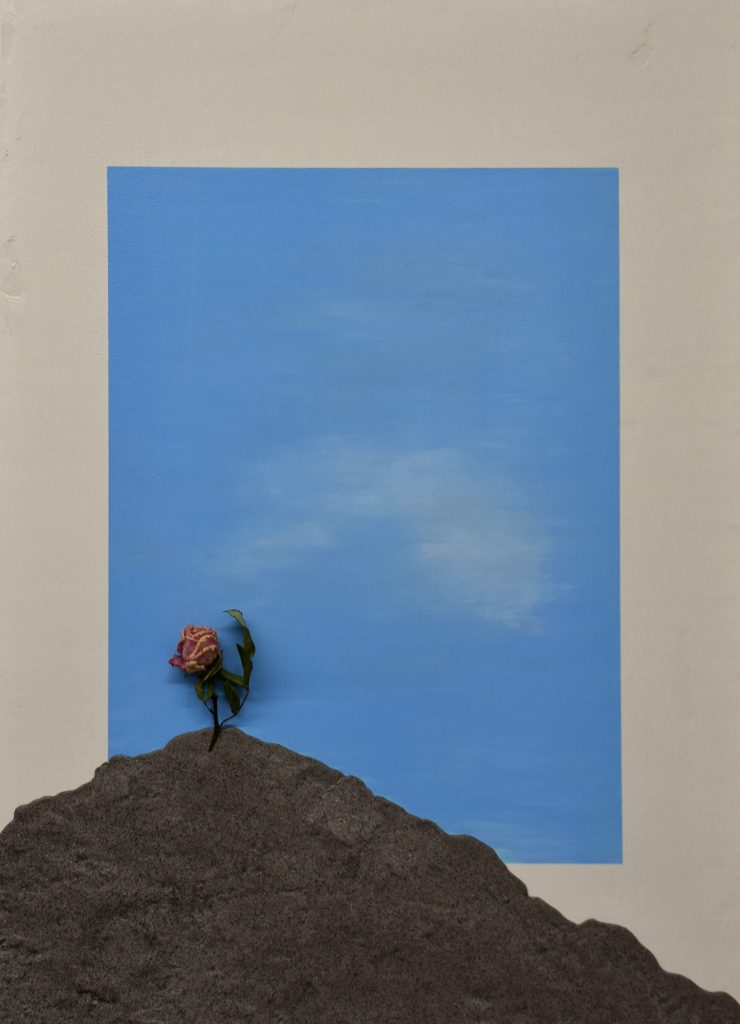 I think I’ve always had it, perhaps in different forms and that it will transform from time to time through different ways. I have never set the limits to what could and can be the means by which to express what I have in mind and imagine: from a simple photo and luminescent plastic bottle to oil pastel on chalk.
I think I’ve always had it, perhaps in different forms and that it will transform from time to time through different ways. I have never set the limits to what could and can be the means by which to express what I have in mind and imagine: from a simple photo and luminescent plastic bottle to oil pastel on chalk.
In the latest works, the sea has been very present. As a Sicilian (it is Chiara Grasso who asks the question, editor’s note) I ask you: how important is it for you to insert the idea of island and sea in a new painting? Or in a new installation?
The desire to include the sea more persistently in my latest works arose from a particular historical moment. It was as if I lived in the most beautiful place in the world, on a dream island with the sea just a stone’s throw away, but I couldn’t experience it, I could only look at it from an imaginary window, created by me, in which I could set and place a frame. to such a simple and rare beauty. Maybe I didn’t want to go to the sea, or rather live the real experience of looking at it or diving into it. However, I felt the unconscious need to represent it, paint it and make it mine through the oil pastels.
The idea of the island and the sea is part of me at the exact moment in which I express myself through art, perhaps it doesn’t make sense when I say it, but it’s like that. I have seen and felt the sea since the first art experiments such as in the veil of the Madonna by Antonello da Messina, in the installation “Andiamo tutti a mare con le acciughe”, or within the “Frammentazioni” series. Or again, in the deep darkness of “Schiuma dei giorni di un tonno rosso”, in the blue background of “Petali in fiore”, inside “Squarcio esistenziale marino” and in the entire “Vedere” series. In short, there is no painting, installation or drawing that does not have within itself the idea of an island and the sea, because they themselves are part of me.
If the Sicily were a painting, what connotations would it have?
An infinite sea horizon. How infinite are the possibilities it gives you and inexhaustible the ways to achieve them. And all these would be represented by different types of the materials and forms, a mixture of techniques, which up close would seem messy and chaotic, but which in a general vision would allow the ultimate meaning of this land to shine through.
In the past you have participated in several projects where the sustainability was the key word. How do you imagine the artist’s future from an environmentalist perspective?
I imagine a future in which art and the fight against climate change are closely connected. For me, art as an end in itself remains inconceivable: this must and can give meaning to things in a completely unpredictable way. And that’s why the concepts come much more than greenwashing ads or election slogans. If I link the concept of climate change not only to scientific data but also to a sensorial emotion, it will be easier to get a certain message across.
The Art has always been a channel for transmitting concepts, ideas and sensations. In fact, since ancient times, different artistic, mystical and sensational forms have been used to communicate to the community feelings of love, hate, passion, anger, war, peace…
Therefore, I have always tried to connect my art to an environmentalist concept, especially the defense of the seas, a theme very important for me. And this can be seen from the conceptual restitution of a plastic-free whale to the sea, up to the installation of banks of photoluminescent plastic bottles to symbolize the alienation of the sea. In the near future I foresee not only using art as a medium for environmentalist concepts, but itself actively capable of making a contribution to the fight against climate change, however minimal. Visit his website enricospadaro.com


